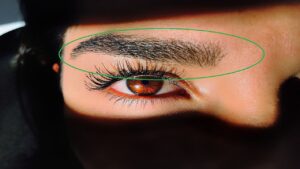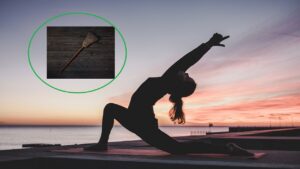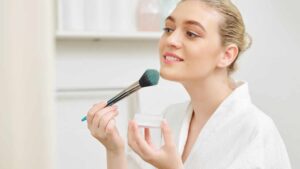Prepare This Amazing Face Mask at Home, Your Skin Will Thank You
If you’re here, it’s because you want some advice on how to prepare a face mask at home, right? What if I told you that your ally today is none other than lemon? This fruit helps the skin appear much younger, brightens it, and can eliminate dark spots, thanks to its high quantity of vitamin C. In addition to this, it contains magnesium and potassium, adept at countering free radicals. Lemon’s astringent nature is also ideal for the skin, staving off premature aging signs like expression lines. Are you ready for a highly effective, all-natural face mask? Here’s how to make one.
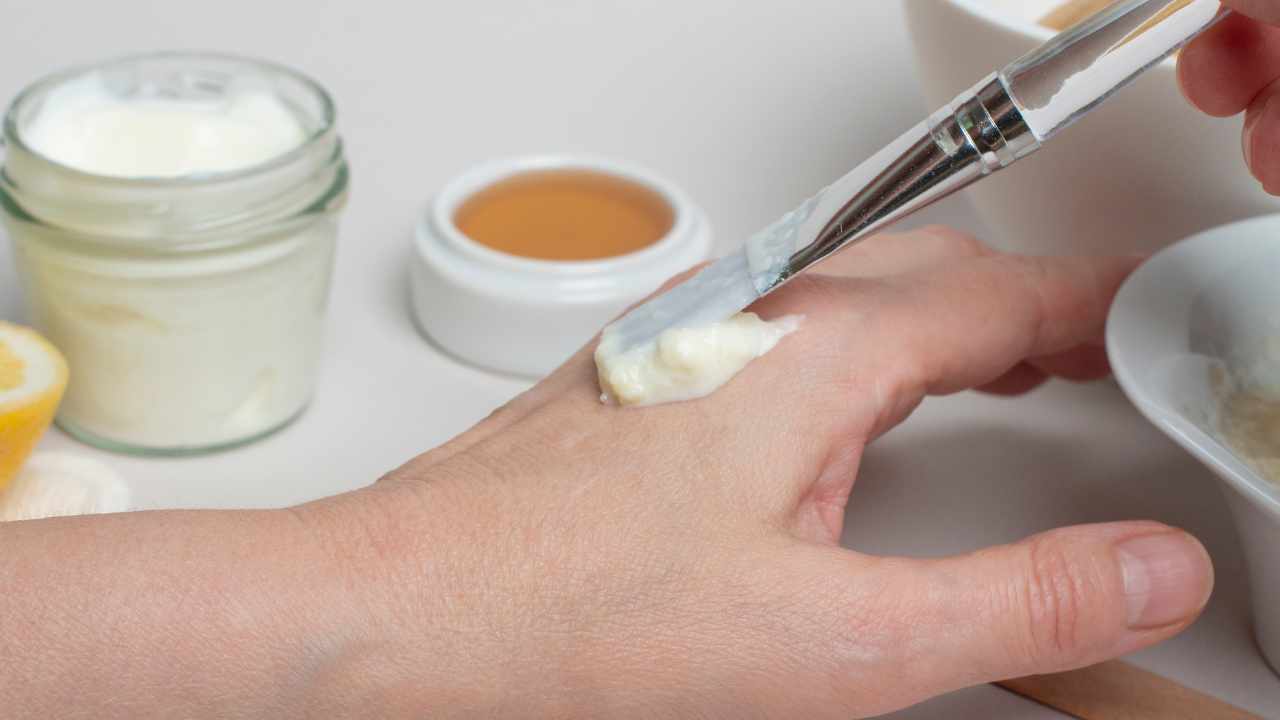
Soothing Mask
To make a soothing lemon face mask, you’ll need plain yogurt, egg whites, honey, and lemon. Begin by beating the egg white, then add the yogurt. Next, add the squeezed lemon juice and honey. Stir until a smooth, uniform mixture forms. It should be thick enough to stay on your face without dripping. Apply the mask and let it sit for roughly 20 minutes. Afterward, you can proceed by rinsing with warm water.
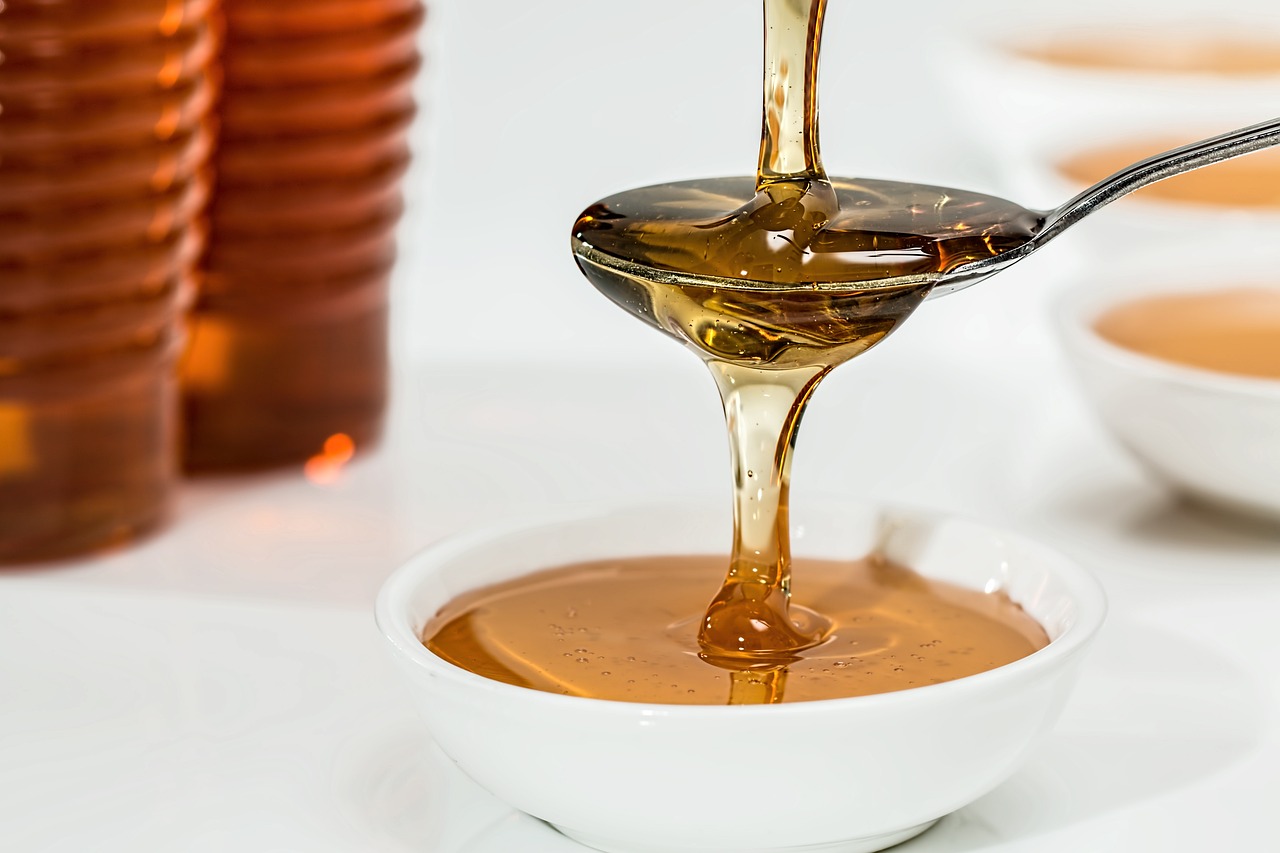
Mask to Eliminate Impurities
But the one just described is not the only mask that can be prepared with lemon. To eliminate impurities, a mixture can be prepared using a lemon, two limes, and baking soda. Slice one lime and refrigerate it, while extracting the juice from the other. Mix this juice with the juice from half a lemon. Combine it with three teaspoons of baking soda and two teaspoons of warm water. Apply this mixture to your face for around 15 minutes, then rinse off with warm water. Next, use the refrigerated lime slices to rub areas with impurities. Finally, use a cotton ball soaked in the juice of the remaining half lemon to dab your face.
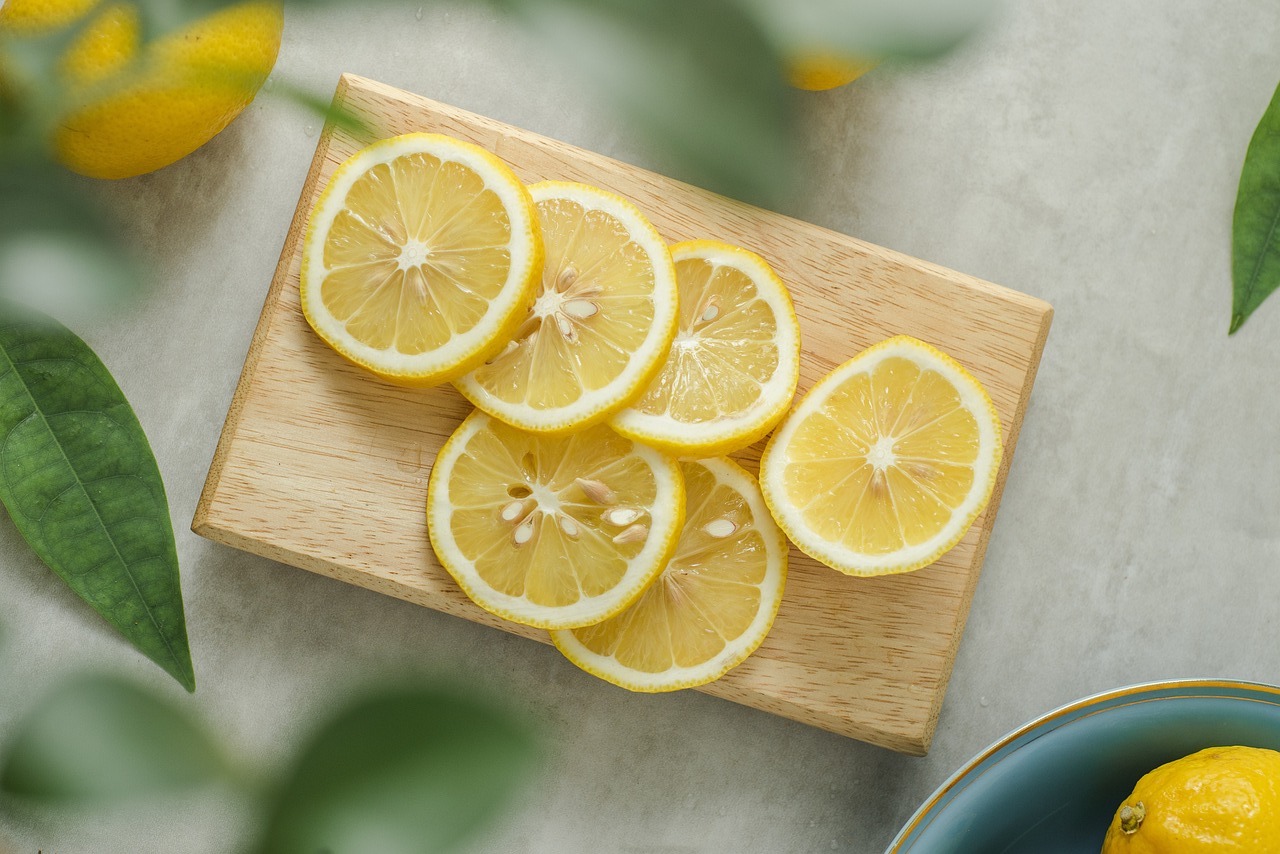
Illuminating Mask
If you need to give new light to a face with a dull complexion, then lemon juice can be combined with plain yogurt and lavender essential oil. Apply the mixture to your face and leave it on for 10 minutes before washing it off with warm water.
Before using these homemade lemon masks, perform a patch test on a small, sensitive area like the wrist or behind the ear to avoid potential allergic reactions.
